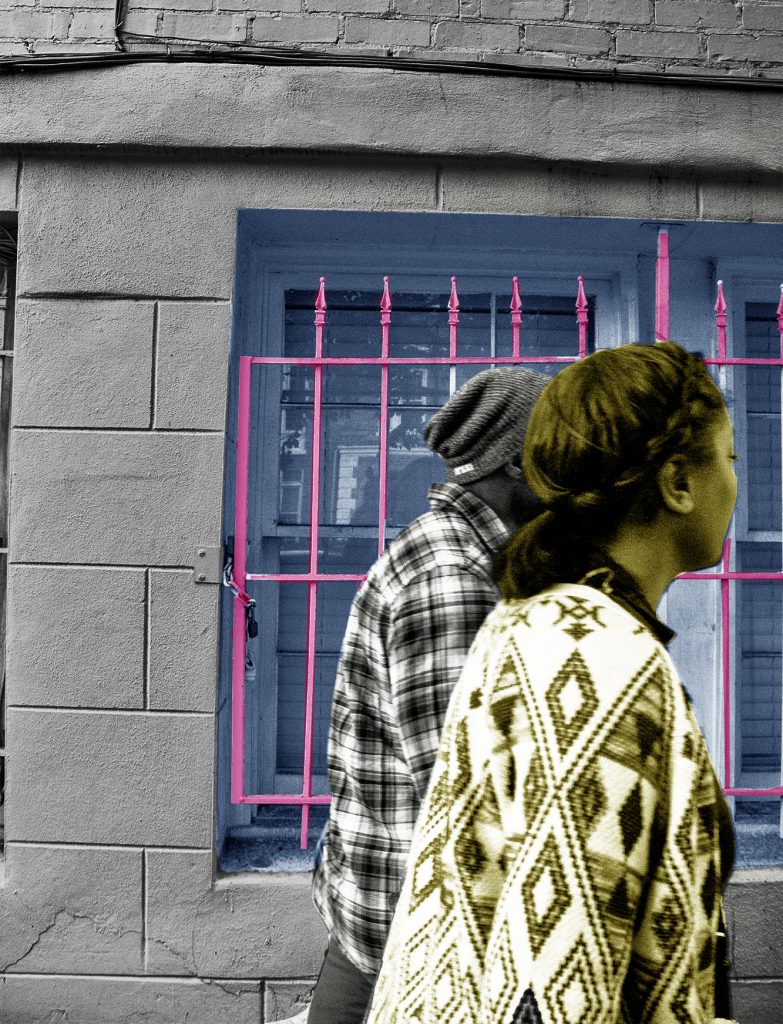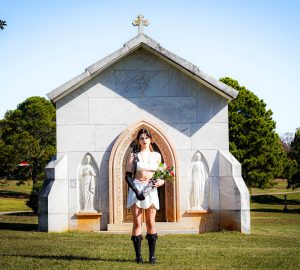There is a certain taste to making art out of candid moments. It’s the taste of triumph (which admittedly tastes a lot like car exhaust fumes). In an existence full of constant, fleeting excitements, street photographs offer proof that yes, these awesome seconds did indubitably exist, and are hereby preserved (hopefully) forever.
Street photography is a hard genre to define, especially when compared to its several cousins, most notably photojournalism. But generally, it’s agreed that there is indeed a line between the two: photojournalism seeks to capture accurately an event, is often accompanied by context, and abides by certain journalistic ethics; street photography, on the other hand, is considered art and can be subjected to artistic manipulation to the artist’s purpose. Because it is art, street photographers are protected by the First Amendment to freedom of expression, which basically means they can shoot photos of strangers all they want and sell those photos for non-promotional purposes, too. The only caveat is that the photos must be taken where there is no “reasonable expectation of privacy” — in public places, through big windows, etc. Still, that’s a lot of leeway for street photographers to be snapping around. Exciting things often happen on the streets.

More often than not, though, they don’t happen when you want them to. Aside from the spontaneous lucky-shot captures, there’s another aspect to street photography, when you stumble upon the perfect setting, composition, or subject, and are just waiting for something interesting to happen. What else is there to do but sit, with your camera poised, and wait?
Sitting and waiting can look weird, whether it be in a shadowy corner or in the middle of the sidewalk. Society has grown to be nervous of unmoving people with cameras, or simply of people with cameras, what with stalkers, pedophiles, and other unsavory types lurking out there. In the 1960s, photographer Helen Lewitt could just go around New York City and take photos of children without the slightest objection from the children or parents; in the 1980s and 1990s, photographer Bruce Gilden used a flash to surprise his subjects and then took photos of their shocked faces — it would be alarming to see either of these practices carried out today. In the anxious age, it is a weird feeling indeed to take multiple photos of an unaware fellow men, and weirder still if, God forbid, they sense your attention and aren’t too happy about it.
But at the same time, it’s exhilarating. Though you’re doing nothing more than pressing a button that makes a harmless box go “click!”, the long act of observing, waiting and finally getting the shot feels a lot like hunting. And like hunting, this act gives you a sense of power, not over your subjects, but over reality itself. Reality has lined up for your shot, putting you and your subjects at the right time and the right place without you ever planning it to. The universe itself has conspired its coincidences for your purposes. Your subjects, perhaps never spotting you, go on about their days, but at least one split-second of their day and their entire existence is yours forever. And yours it is, truly, because street photography is art and all art reflects the artist.
And in the end, this is the argument that I feel counteracts the claim that street photography is an intrusion on privacy. Taking a photograph of someone is an intrusion, sure, just as much as looking and thinking a stray thought about them, for by doing any of the above I, the photographer, the looker, the thinker, am willing your existence into a plane of my own, assigning you a meaning that you don’t necessarily possess, and integrate you in a world that exist for me alone. In my thoughts and art there is myself; in my thoughts and my art it is not about replicating you, but reflecting me, conveying my motives and messages using your likeness, which, the moment the shutter finished rolling, departed from your essence. The thrill of the chase, the reward of the hunt, in the end, is not imprints of you and the world, but my vision of you and the world and an idea of my place in it. By capturing your existence, I prove mine.


























